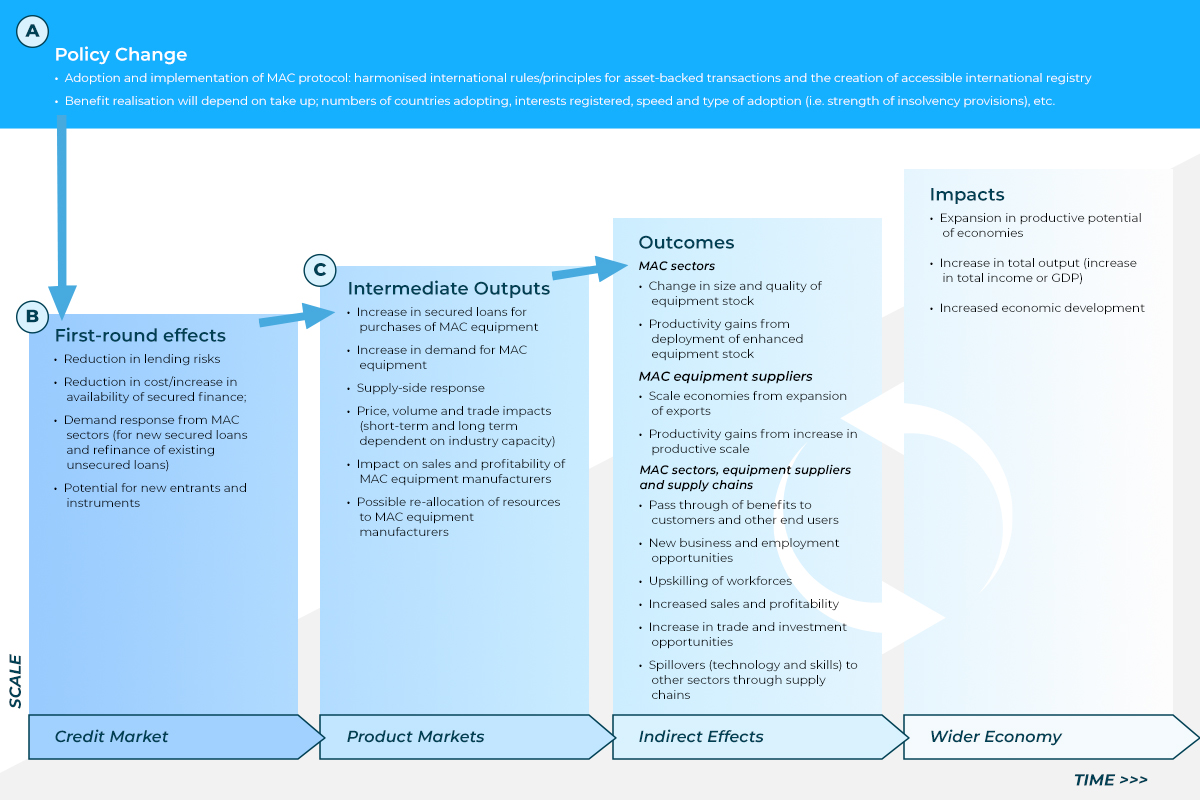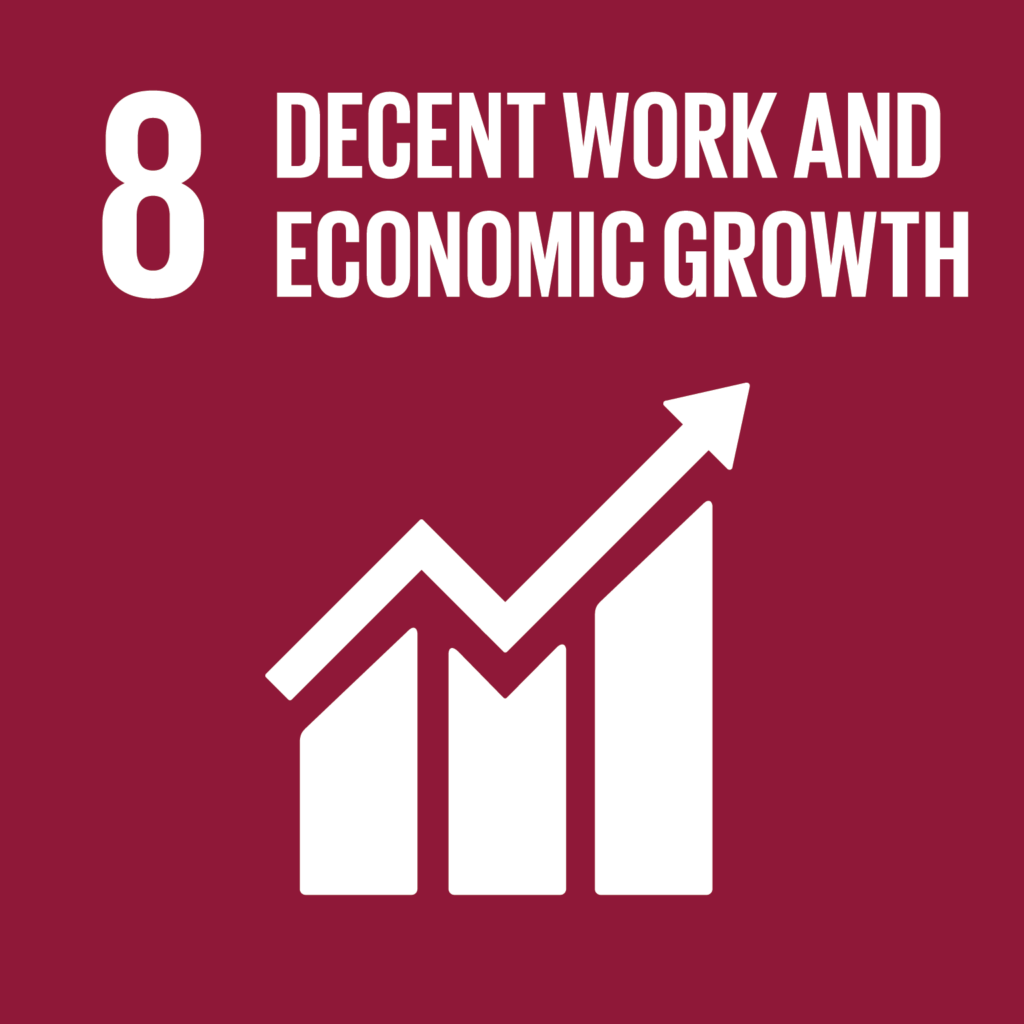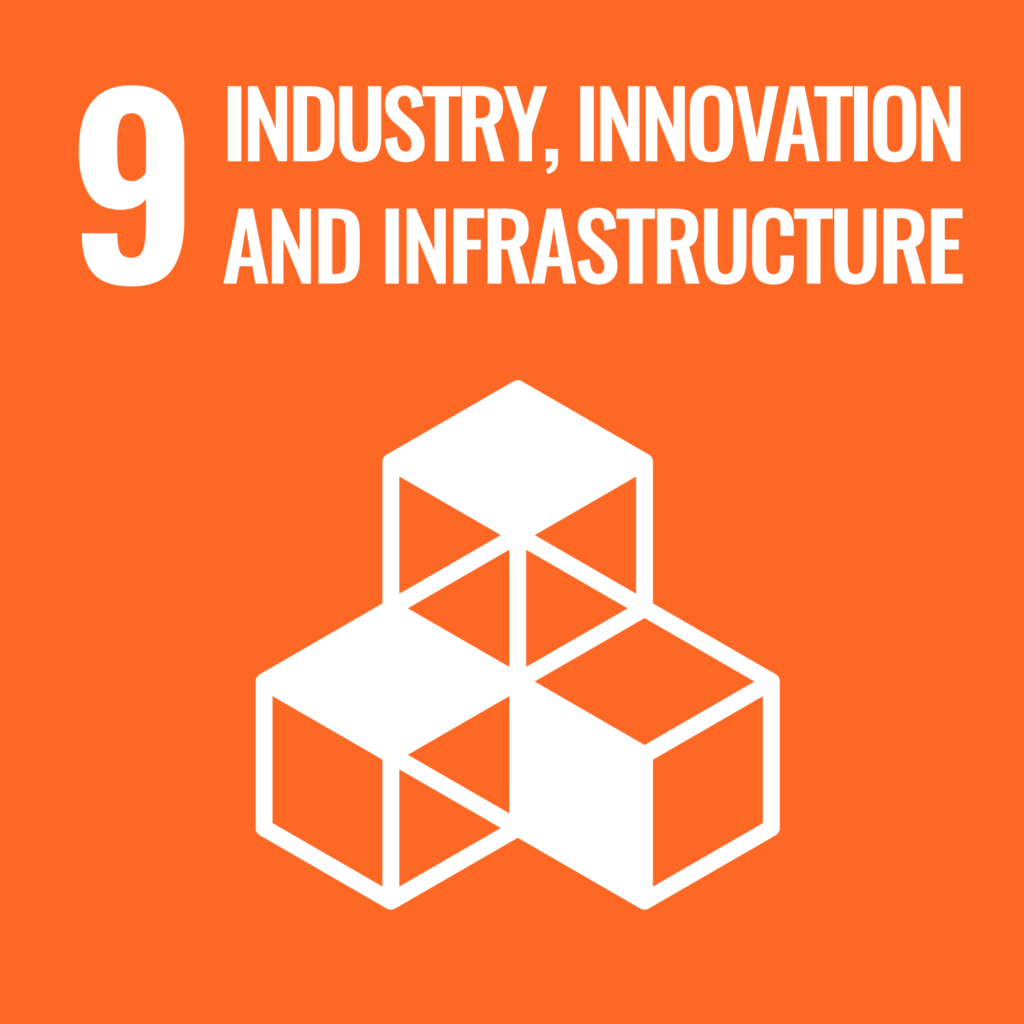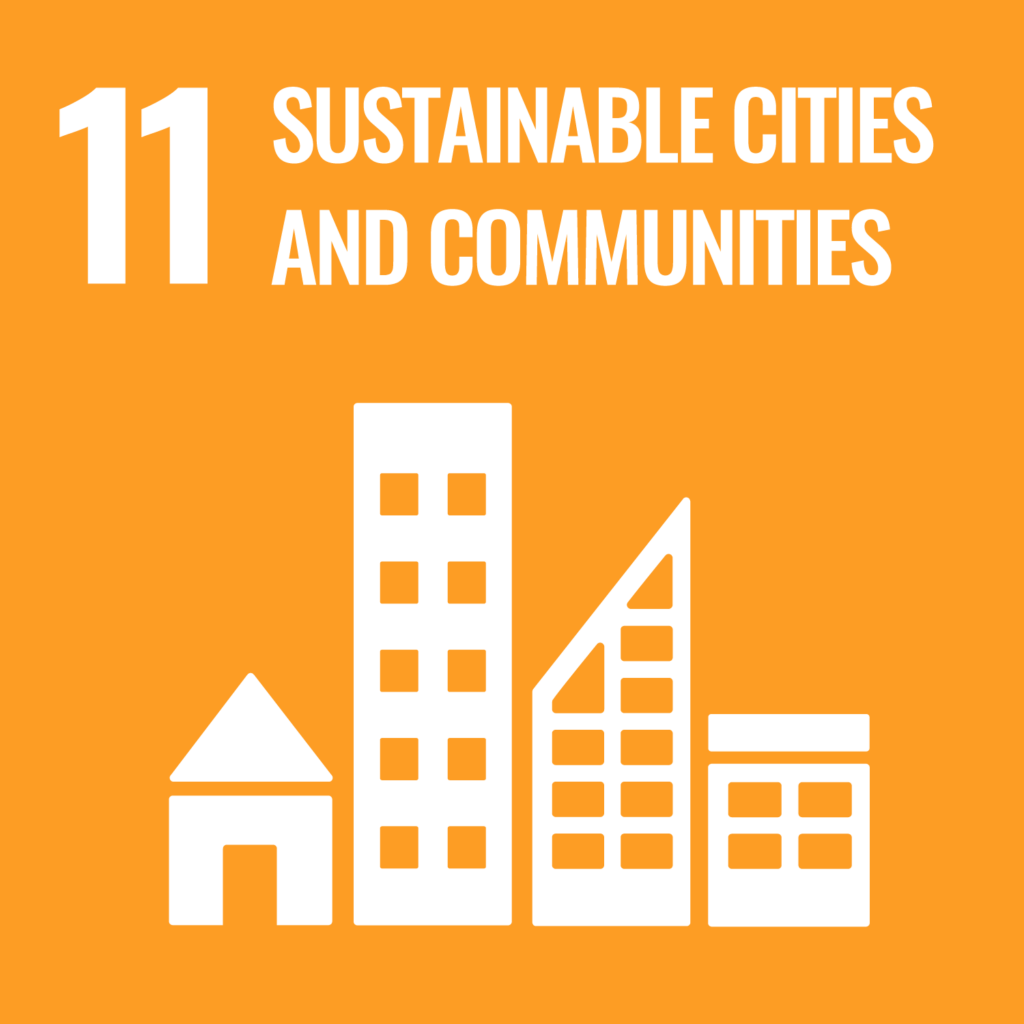
Benefits of the MAC Protocol
Diverse Benefits for Different Sectors
The primary beneficiaries of the MAC Protocol are companies involved in the manufacture, export, sale, finance and use of mining, agriculture and construction equipment, farmers, workers and developing economies.
- Farmers and other agricultural entities benefit from increased access to modern agricultural equipment at a lower cost, increasingproductivity, yields and sustainable production practices.
- Construction companies benefit from increased access to modern construction equipment at a lower cost, thereby increasing efficiency and lowering construction project costs.
- Mining entities benefit from increased access to modern mining equipment at a lower cost, increasing their productivity, efficiency, profitability and extractive capacity.
- Manufacturers benefit from higher demand for their equipment around the world, allowing them to increase production and output.
- Dealers and traders will be able to export and import an increased volume of equipment and begin operations in new markets.
- Financiers benefit from greater legal protection in issuing credit, which will allow them to provide cheaper financing in existing markets and expand operations to new markets.
- Developing economies benefit by lowering the cost of modern equipment leading to rapid productivity gains and ushering in sustainable agriculture and environmental practices.
Global Economic Benefits

The micro-economic benefits for different sectors are predicted to have significant indirect and wider effects on the economies of countries that ratify the MAC Protocol.
A 2018 independent report prepared by Warwick Economics and Associates predicts that the MAC Protocol will have a positive impact of $23 billion on GDP in developing countries and of $7 billion in developed countries, for a total impact on GDP equivalent to $30 billion a year.
It is estimated that over a ten-year period, the Protocol may increase the stock of MAC equipment in developing countries by $90 billion.
As the scope of the initial 2018 economic assessment was limited to just 60 countries, the actual global economic impact is likely to be much higher.
The 2018 independent economic assessment of the MAC Protocol can be found here.
Sustainable Development Benefits
Source: United Nations Sustainable Development Goals, https://sdgs.un.org/goals
By establishing an international legal framework that will make modern machinery more accessible across the globe, the MAC Protocol is poised to have profound developmental impacts. The MAC Protocol will directly and indirectly contribute to several of the United Nations’ Sustainable Development Goals (SDGs).
The MAC Protocol has the potential to enhance productivity and efficiency in the MAC sectors, driving economic growth and job creation in line with SDG 8 (decent work and economic growth) and SDG9 (industry, innovation and infrastructure). Additionally, improved access to advanced machinery can bolster agricultural output, contributing to food security and reducing hunger under SDG2.
Moreover, the MAC Protocol supports the development of resilient infrastructure and sustainable urbanisation (SDG11) which is crucial for the long-term development of communities. Finally, by promoting the use of modern and environmentally friendly equipment, the Protocol contributes to sustainable environmental practices, aligning with SDG13.




